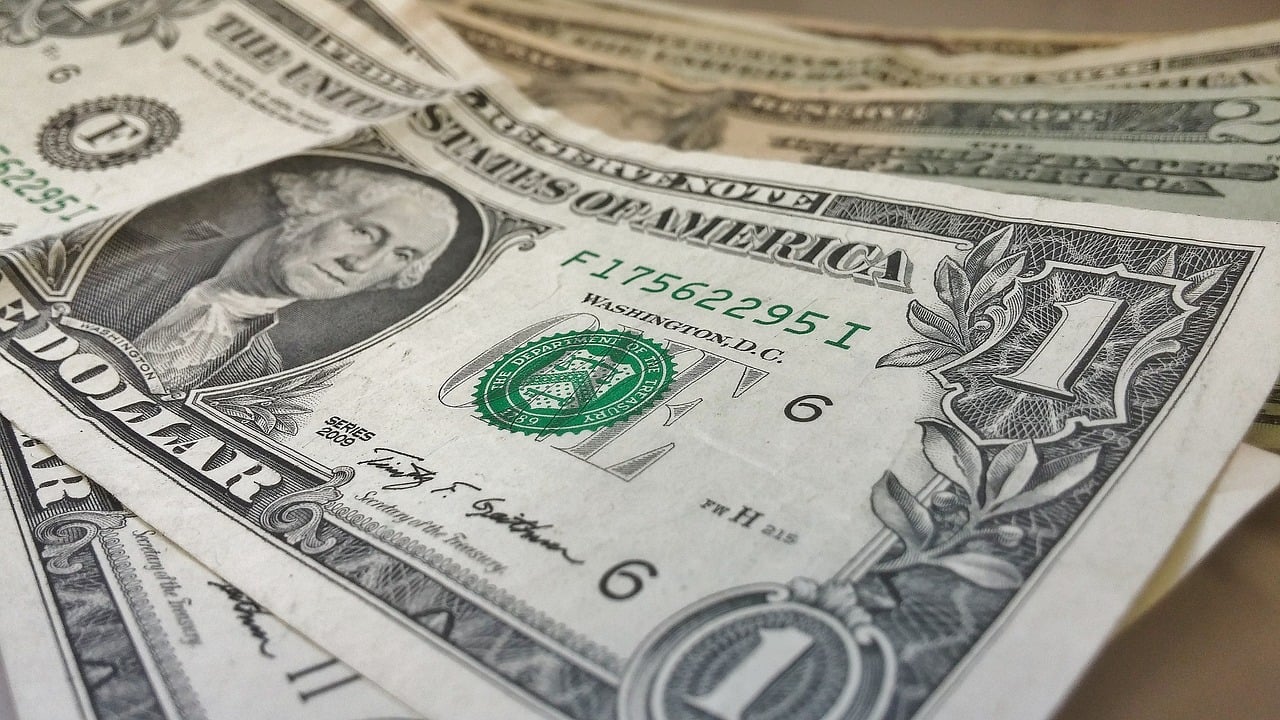We clearly live in an age where technology is evolving every day, right before our eyes. With talk of driverless cars and computers that can chat online and seem so life-like, technology continues to push us forward.
This technological evolution is also very present in the financial, banking and payments world, where retailers – both online and brick and mortar are beginning to allow consumers to make payments without the option to use cash.
Q1 hedge fund letters, conference, scoops etc
Not everyone is on board with this technology.
In 2018, there was a bill outlawing cashless businesses in Philadelphia — brick-and-mortar shops and restaurants where customers can only pay with credit and debit cards. Mayor Jim Kenney signed it into law recently, making Philadelphia the first major city in the country to ban cash-free stores. It takes effect July 1.
This bill was introduced to help unbanked populations. Unbanked and underbanked typically pay their bills in cash. If they need to borrow money it is usually from a local money lender at an elevated interest rate, and the vast majority of this population pay sharp interest rates when they are able to secure a line of credit, especially from a retailer.
According to media sources, there are believed to be an estimated 1.7 billion adults across the globe who do not presently enjoy access to conventional financial services. This equates to 31% of the adult population who are not currently leveraging financial services, products and benefits from a traditional bank account.
This means that 31% of the world’s adult population cannot borrow money, formally save funds, or invest finances. They are simply not able to gain access to the global money system that allows for economic liberation. What’s worse, because of their limited means to financial services, their current options are very predatory in nature when they do need access to cash or funds.
Nearly 13 percent of Philadelphia's population — close to 200,000 people — are unbanked, according to federal banking data. That's more than double the regional average.
Technology As The Solution
On the surface, this bill appears to be motivated by preventing the evolution of payment technologies. However, the answer might just be technology itself.
Unbanked and underbanked does not mean that they are poor, yet they do not meet the minimum requirement for opening an account, nor do they have any credit history and assets to support a loan. Usually, these individuals have been serviced through financial products such as microfinance, vouchers, prepaid or stored-value cards, and rechargeable cards – none of which offer the same opportunities for a full financial experience.
FinTech Possibilities
Innovative FinTech solutions in 2019 may help. Suppliers of FinTech solutions are poised to offer a complete SAAS-based financial ecosystem that provides virtual bank-like services to the unbanked and underbanked of the world without the need for an established bank account. These providers can even build these offerings around digital wallet apps that are accessible through either mobile phone or computer, and allow users to make online purchases, as well as to transfer money, pay bills, and deposit money, all without requiring a traditional bank account or credit check.
These can also be linked directly to a credit card, allowing customers the ability to spend their money online and with retailers worldwide.
The Responsibility of Technology
Furthermore, technology and mobile communications will continue to play leading roles in FinTech solutions for unbanked and underbanked populations in 2019. The continued expansion of mobile usage is a leading reason why. Media estimates show that roughly 66% of the international population of unbanked adults have access to a mobile device. This is crucial since many of today’s financial tools and offerings for this population are driven by mobile technology and advanced apps that deliver new financial systems to these individuals, enabling even more adoption of broader services.
Today’s innovative providers are developing financial ecosystems that will help lead the cashless revolution, and aid people who have been unable to get a traditional bank account.
All of this innovation of financial service offerings means these populations will no longer have restrictions when in need for financial services, securing loans, transferring funds or making purchases, and they will be able to enjoy the same financial freedoms offered by traditional financial service providers.
Article by Fair Planet






